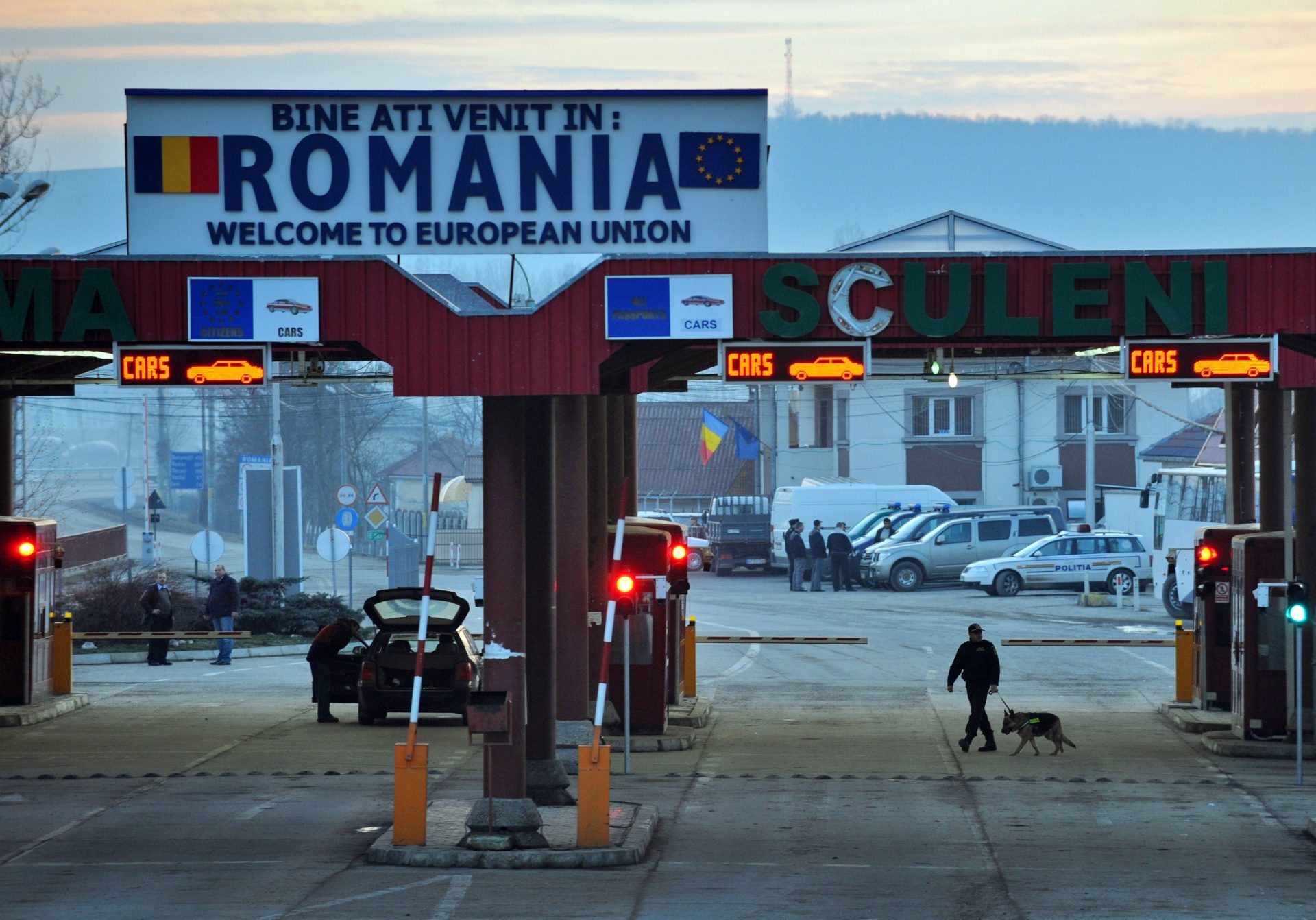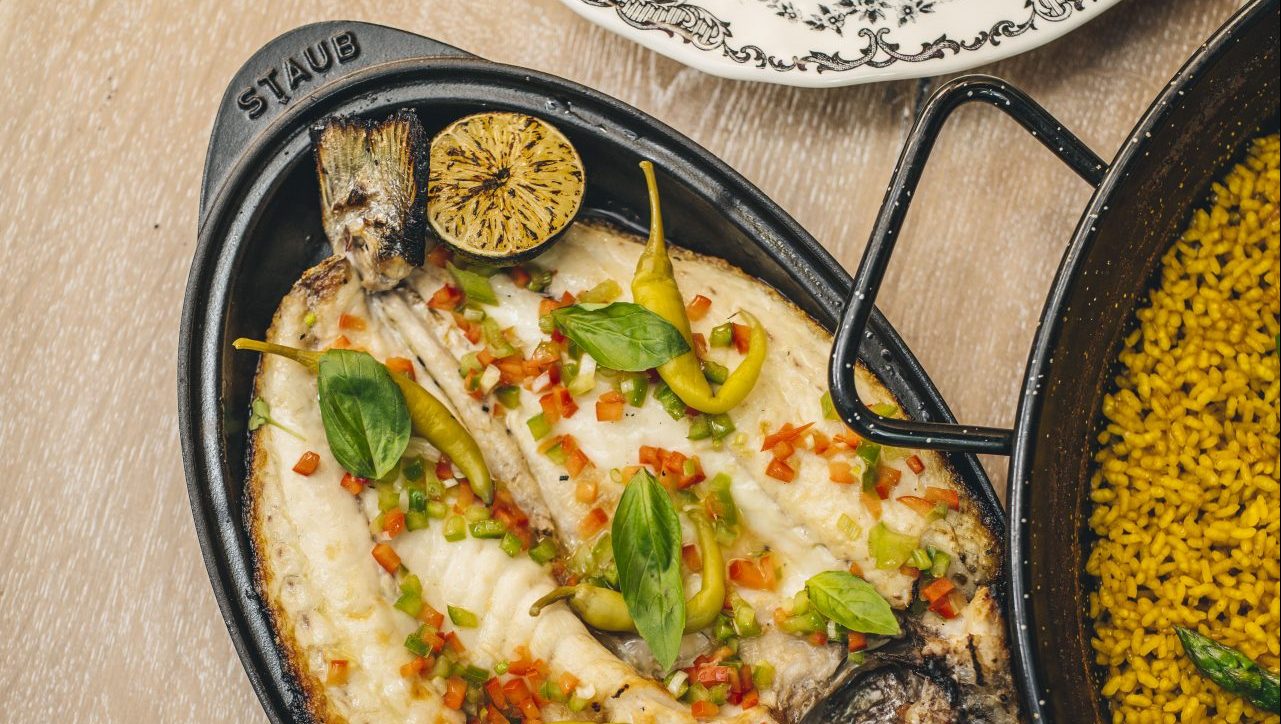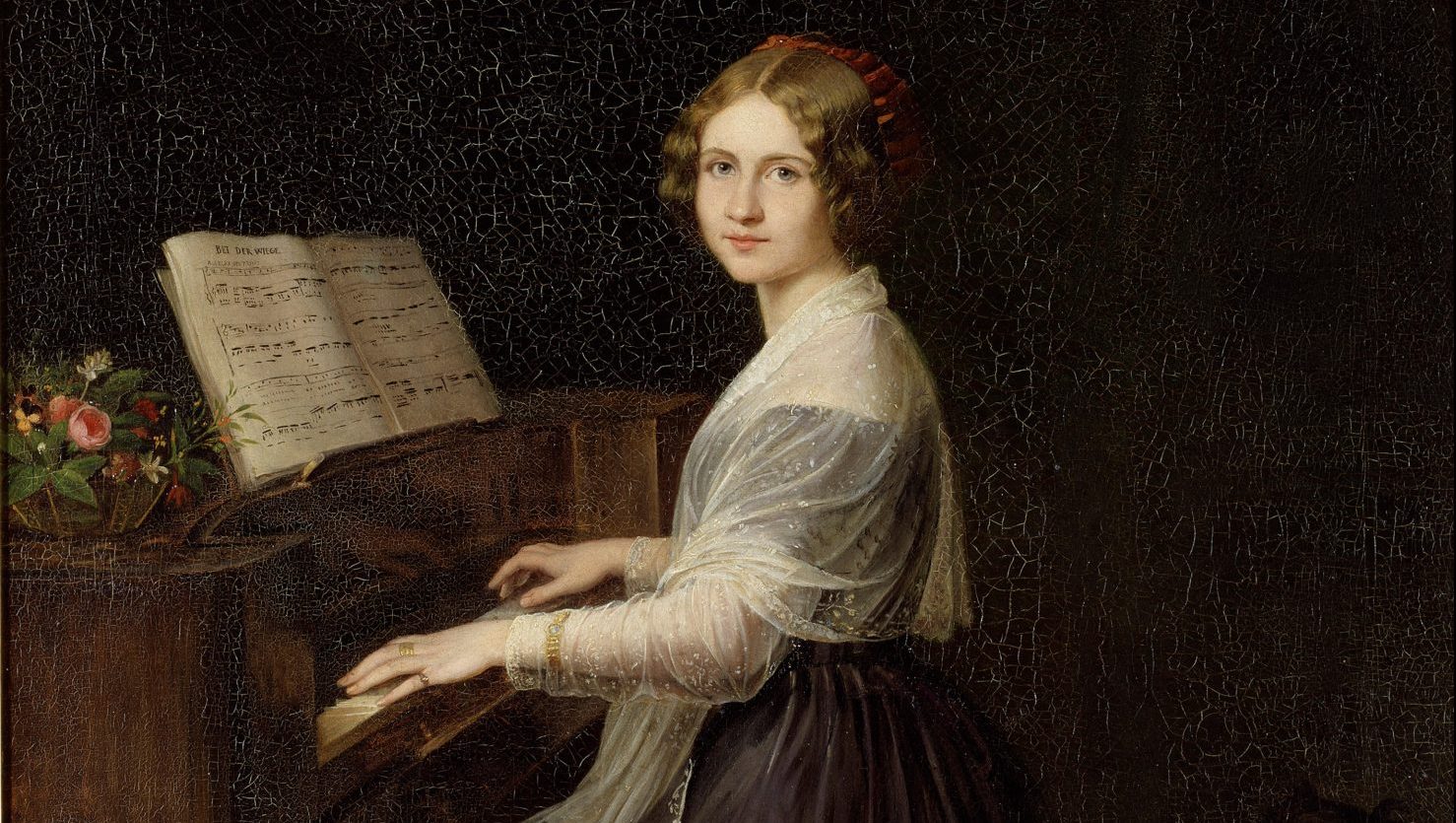Romania is known as Rumania in Spanish, Rumänien in German, Rumænien in Danish, Rumunia in Polish, and Rumanija in Maltese. It was always called Rumania in English, too – with a u rather than an o in the first syllable – but the change to the ‘Romania’ spelling started setting in, in the mid-1970s.
This was after Nicolae Ceaușescu became president of Romania, in 1974 – I remember it being said at the time that the change in the English spelling had come about at Ceaușescu’s instigation. The suggestion was that he had a nationalist-inspired agenda of strengthening the appearance of historical links between his modern nation, on the one hand, and Ancient Rome and the Roman Empire on the other. Maybe he thought of himself as an emperor – he was certainly enough of a tyrant and megalomaniac.
The country is currently called România in Rumanian. But as far as the language of Romania is concerned, I have always called it Rumanian, and after very many decades of using that spelling, and the pronunciation that goes with it, I don’t plan to change that now.
Rumanian belongs to the Eastern branch of the Romance family, while French, Italian and Spanish are Western Romance languages. The other Eastern or Balkan Romance languages include Istro-Rumanian, which is spoken in a few villages on the peninsula of Istria in Croatia, and is currently classified as ‘severely endangered’; Arumanian, also known as Vlach, which is spoken in northern Greece, Albania, North Macedonia, southern Serbia, and Bulgaria; and Megleno-Rumanian, which is spoken in some villages in North Macedonia and Greek Macedonia. The extinct language Dalmatian is also regarded by some scholars as having been an Eastern Romance language.
Rumanian is the national language of Romania. But it is also the official language of Moldova, where about 75% of the population have it as their native language. Moldova was formerly known as Bessarabia, which was a part of the Rumanian-speaking Principality of Moldavia until 1812.
The Ottoman Empire, which had controlled it for some centuries, then ceded it to Russia. It was a part of the Russian Empire until the end of the First World War, when it was merged with Romania. At the end of the Second World War, however, the victorious Russians took it back again, and it re-emerged as the Soviet Republic of Moldavia.
The official Soviet line about the language of Moldavia was that it was not Rumanian but a separate language called Moldovan, which they insisted should be written in the Cyrillic alphabet also used for Russian, in order to stress its separation from Rumanian and its Soviet-ness.
When the Soviet Union collapsed in August 1991, Moldavia became the independent nation of Moldova, joining the United Nations in 1992. There has since been some considerable interest there in the possibility of Moldova once again becoming part of Romania, although opinion in the country has been divided.
Those who are against this step may still wish to retain the label ‘Moldovan’ for the language, but in fact Rumanian and Moldovan are near enough identical as makes no difference. In 1989 the Moldovan Cyrillic alphabet was replaced by the Latin alphabet, and these days there seems to be general agreement that Moldovan and Romanian really are the same language. Common sense has prevailed.
Rumanian
Rumanian is one of the many languages which are descended from the spoken Vulgar Latin of the Roman Empire. It is related to French, Portuguese, Spanish, Catalan, Italian and the other Romance languages: Italian uno due tre quattro ‘one two three four’ is unu doi trei patru in Rumanian.




